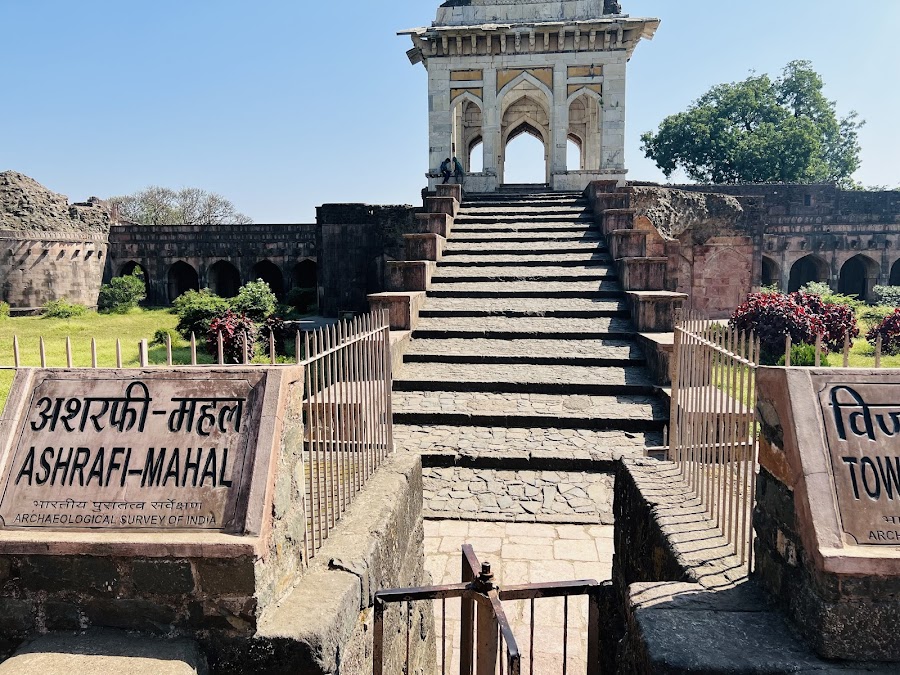
Ashrafi Mahal
Mandu, India
- Capture scenic views of Mandu.
- Explore the ruins of the Madrasa.
- Learn about Khilji dynasty architecture.
- Visit Mahmud Shah I's tomb.
- Walk through the historical complex.
Known for:
Description:
Ashrafi Mahal, located in Mandu, is a complex of ruins showcasing a fascinating blend of architectural styles. Originally conceived as a madrasa (Islamic school) during the reign of Hoshang Shah, it was later intended to be a victory tower by Mahmud Khilji. However, the tower was never fully completed, leaving behind a sprawling complex with remnants of the madrasa, the tomb of Mahmud Shah I, and the incomplete tower. Today, it offers visitors a glimpse into the ambitious architectural projects of the Khilji dynasty and a chance to explore the historical landscape of Mandu. The site provides stunning views of the surrounding area and is a photographer's delight, especially during sunrise and sunset. While in ruins, the Mahal still holds an aura of grandeur and historical significance.
History:
The Ashrafi Mahal's history is intertwined with the ambitious rulers of the Khilji dynasty. Initially planned as a madrasa (Islamic school) by Hoshang Shah, the project was later taken over by Mahmud Khilji. Mahmud Khilji envisioned it as a magnificent victory tower to commemorate his military successes. He even attempted to surpass the Qutub Minar in Delhi in height. However, the tower remained incomplete, possibly due to Mahmud Khilji's death or structural challenges. The complex also houses the tomb of Mahmud Shah I, further adding to its historical importance. Over time, the structure fell into disrepair, leaving behind the ruins we see today. Despite its incomplete state, Ashrafi Mahal stands as a testament to the Khilji dynasty's architectural aspirations and their influence on Mandu's landscape.